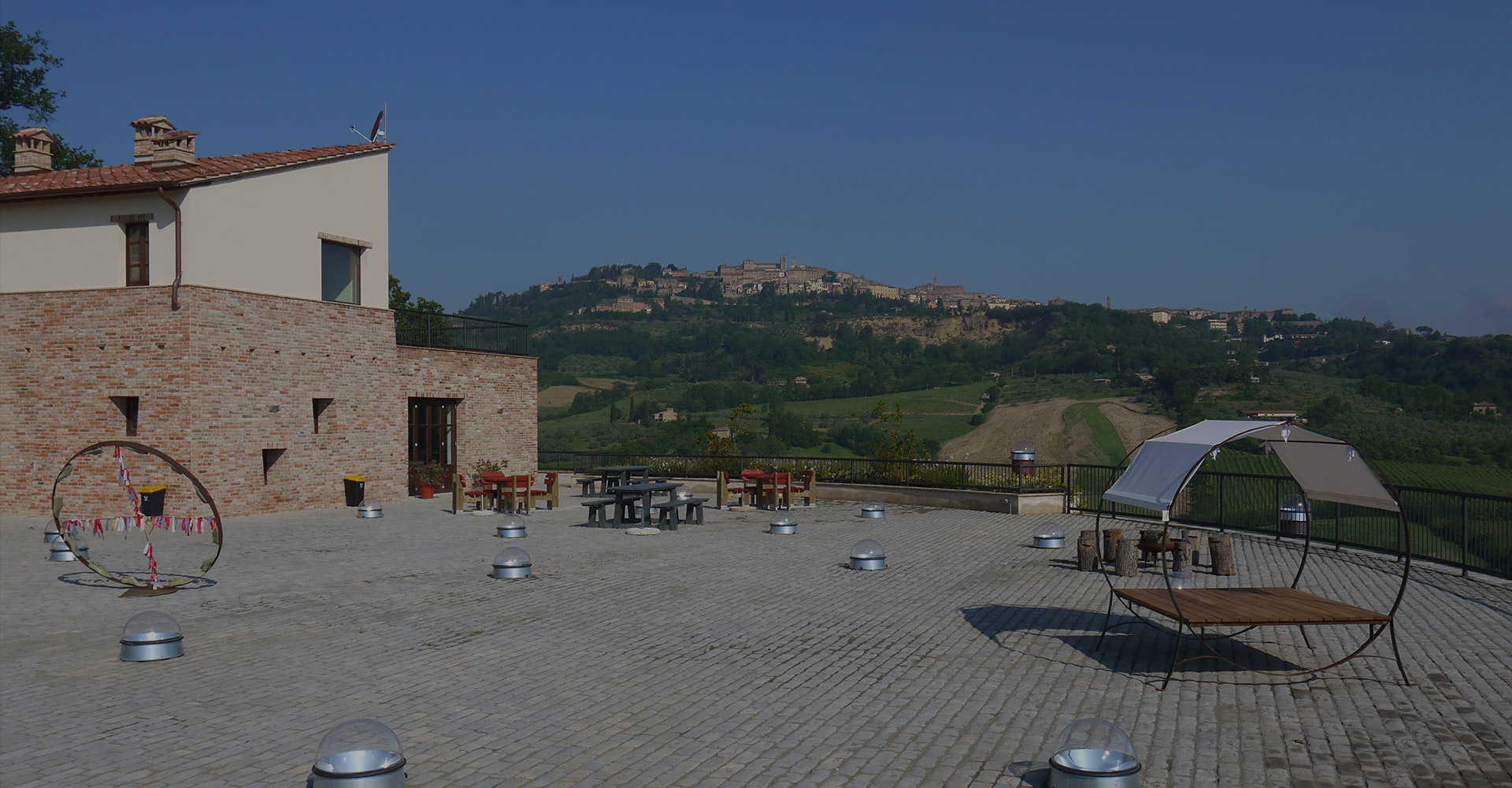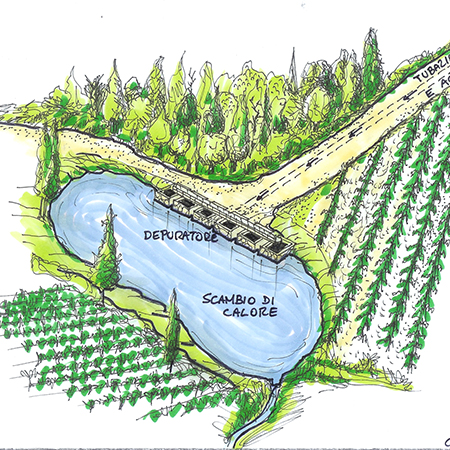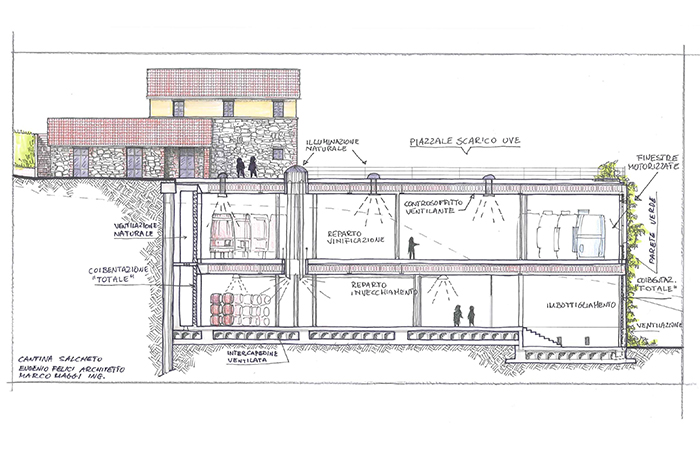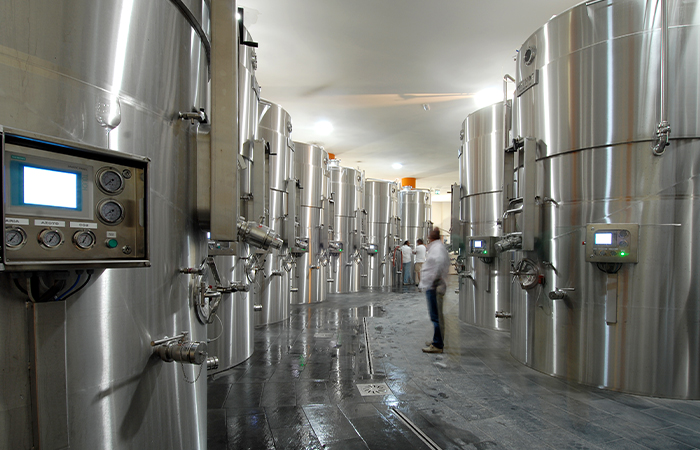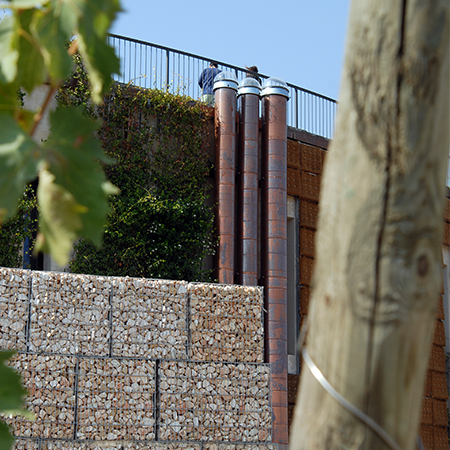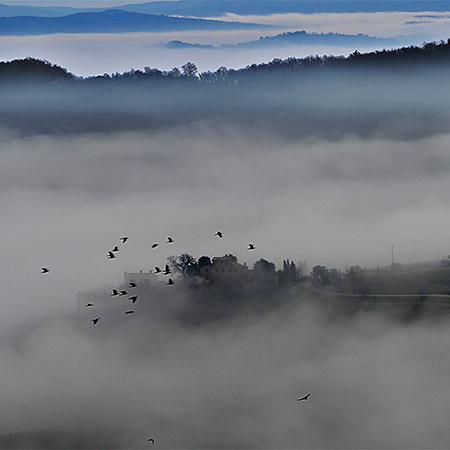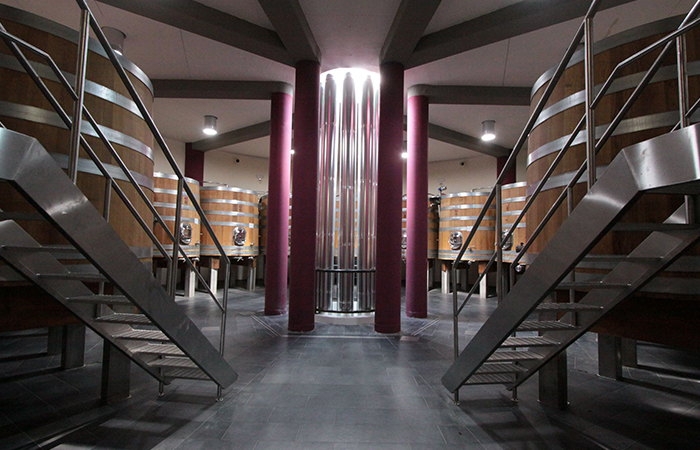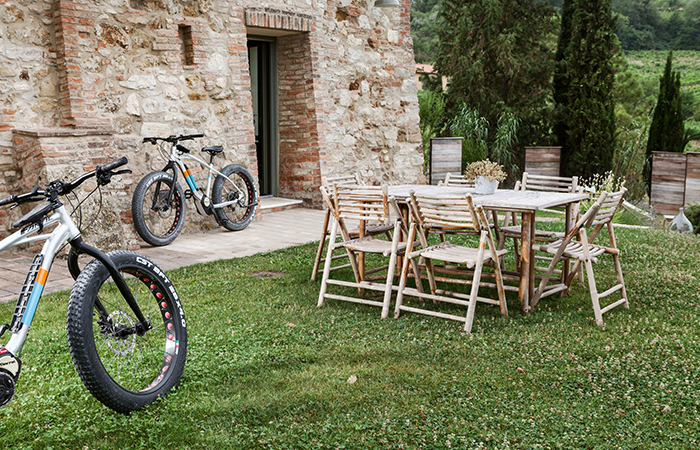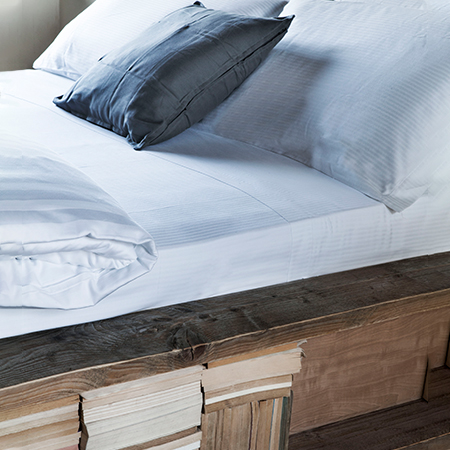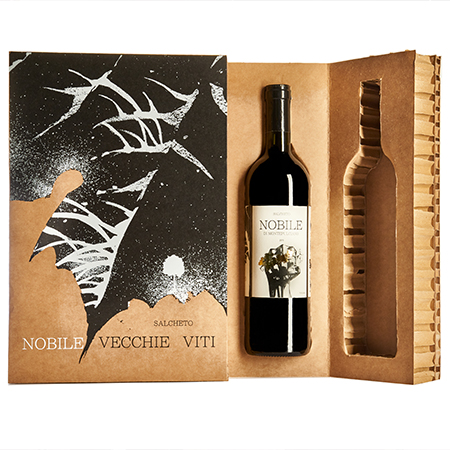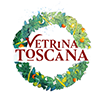Salcheto Winery means Sangiovese, quality and sustainability. The company has its roots in the historical territory of the Nobile di Montepulciano, and bases its style on the contemporary nature of wines and corporate ethical values.
Founded in 1984 as a traditional multi-crop farm, Salcheto today consists of 60 hectares of organic vineyards, organized according to the dictates of systemic sustainability.
In 2011 the winery has inaugurated a new cellar based on energy efficiency and integration in the touristic vocation of the area, as well as of course the vinification of the best Sangiovese.
The vertical garden, the solar skylights, the biomass power plant, as well as the Enoteca and the Winehouse in the heart of the production area, are some of the architectural signs of its style, grounded on quality and sustainability.
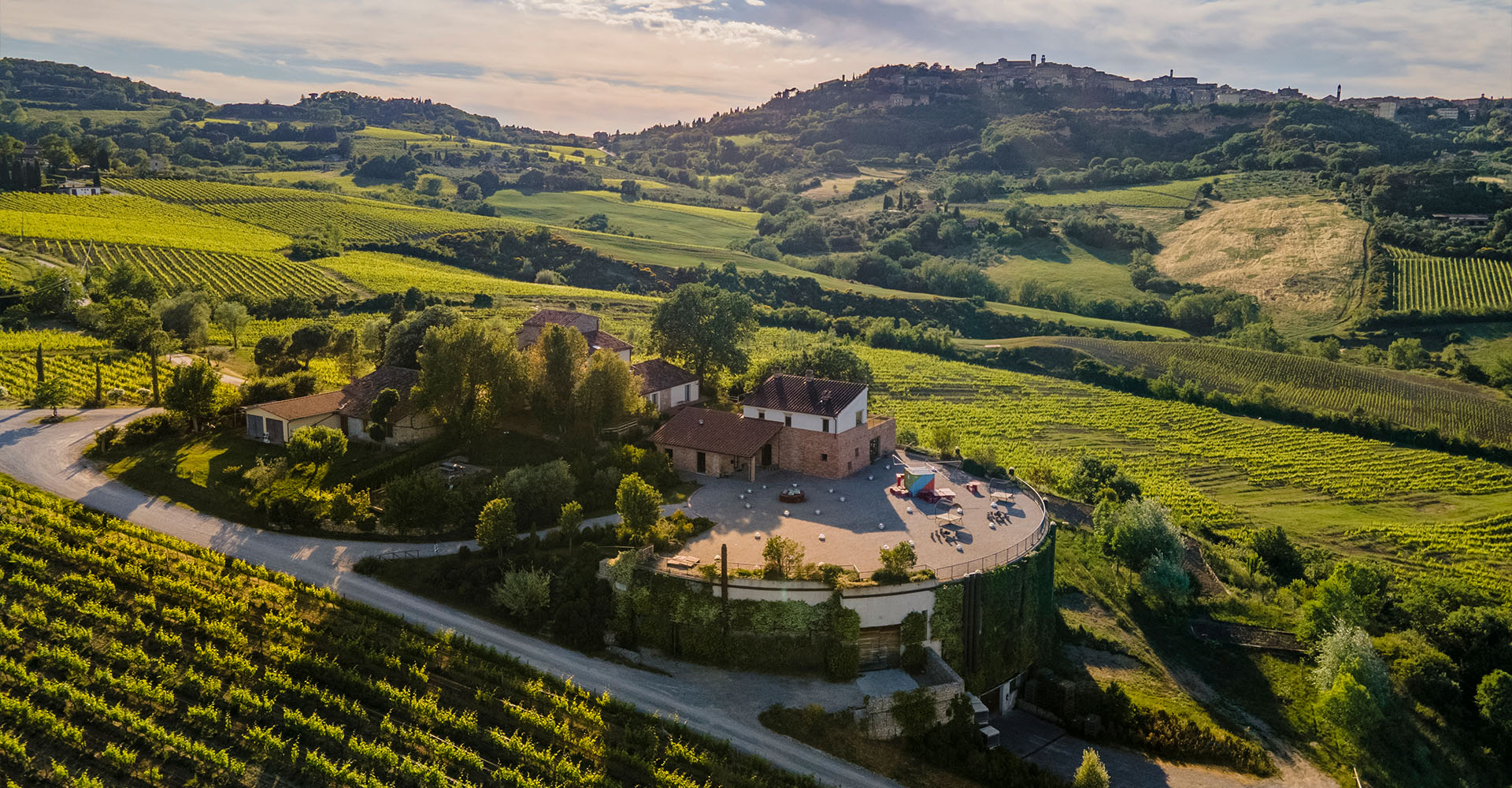
Project
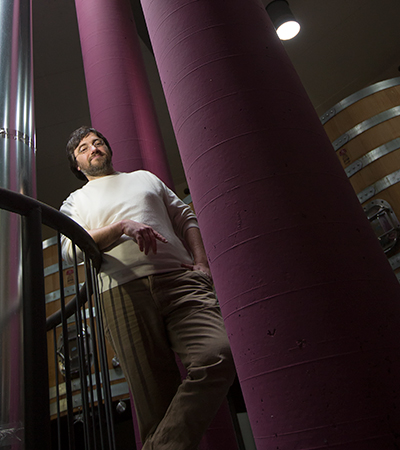
The concept was born in 2005, when the founder and CEO of Salcheto, Michele Manelli, was busy imagining the future of the company in a time when size growth seemed essential. His idea was to start creating a winery which could emphasize the Sangiovese’s quality and at the same time commit to environmental impact reduction objectives, by fully taking on the social role that any company must face.
In fact, the architecture of a cellar clearly influences the quality of the wine, as in the case of a gravitational path of the production flow that preserves the thin skins of Sangiovese grapes. That same architecture must then be able to integrate the most efficient energy functions: a large square roof for accessing the grapes from above can become a resource of natural light and defend the cellar from summer heath, perhaps with "adiabiatic” irrigation: these solutions can be implemented at almost zero operating costs.
When the project of the cellar can consider the men and women who work there, the visitors it has to welcome, the neighbors and the local community, then we have a model based on sustainability and a holistic vision of the company in the ecosystem and in society. The Salcheto winery, inaugurated in 2011 and operating in full energy independence, with a shop, a restaurant and a hotel integrated along the process, advanced solutions of comfort and safety for workers and an incredible landscape integration, has been the subject of studies and research that made it a reference model, from vineyards’ management to packaging. The dream of Michele Manelli and his adventure companions has resulted in responsible architecture, which has radically changed the very identity of the whole company.
Hospitality
The Enoteca di Salcheto was born in the heart of the winery, where wine is made. Opening the door to visitors was a choice, meant to show them the real activities of a cellar. Even in the middle of the harvest you can taste the wines and enjoy a brunch inspired by the two large company vegetable gardens, watching the impressive view of Montepulciano from both the internal room and the large terrace.
Salcheto Winehouse is an intimate country hotel, housed in a thirteenth century farmhouse, in the heart of the wine estate. Its majestic views open onto the ancient town of Montepulciano up to the “chiari” (lakes) of Valdichiana designed by Leonardo Da Vinci. The 9 rooms, the living room and the large kitchen, are furnished by Elisa Cavani of Manoteca. Last but not least, wood-heated pools in the garden, E-bikes, cooking classes and the nature trails through the vineyards complete the experience in the heart of Tuscany.
Wines
Territorial and Sangiovese wines, always based on drinkability, freshness and aromatic precision, vinified with indigenous yeasts and without added sulfites. Their identity is deeply rooted in the Nobile appellation district, its most representative wine which is now offered in the iconic “bordolese toscanella”, the lightest and most ecological bottle ever. This qualitative route culminates in the Vigna del Salco, the most mature vine which generates deep and characterful crus. Then, innovation comes to life with Obvius Rosso, Bianco, Rosato and Giallo Oro, where sulfites are not even added to the finished wines, so that they can express forgotten aromas.

